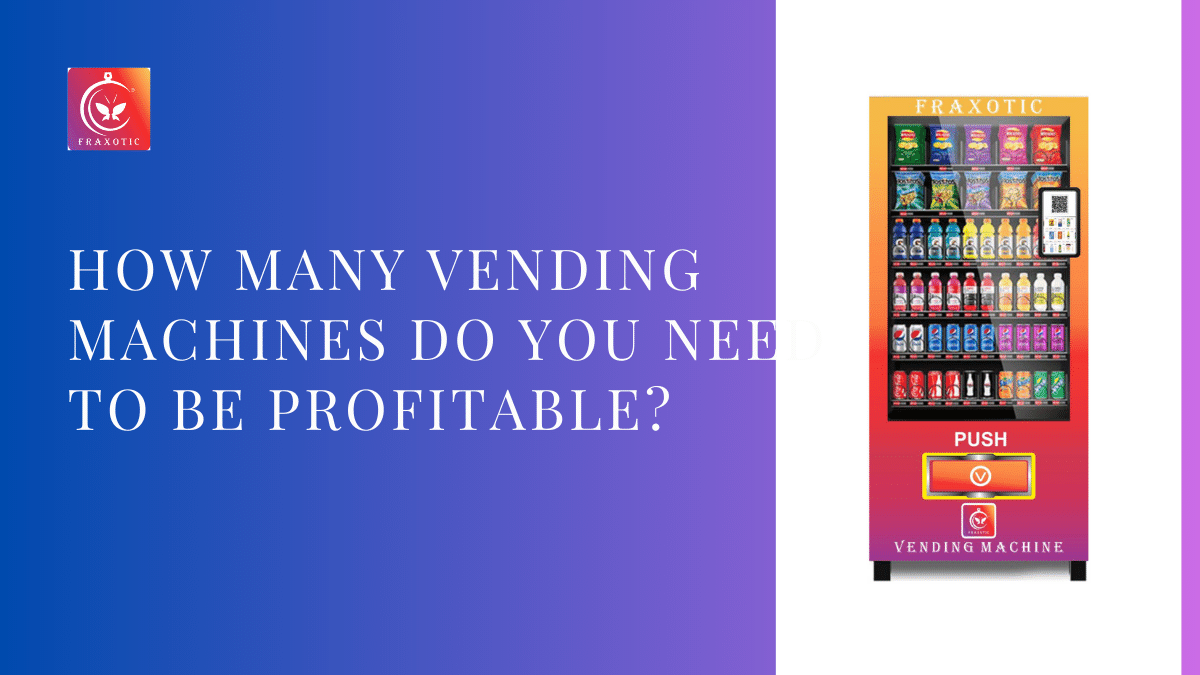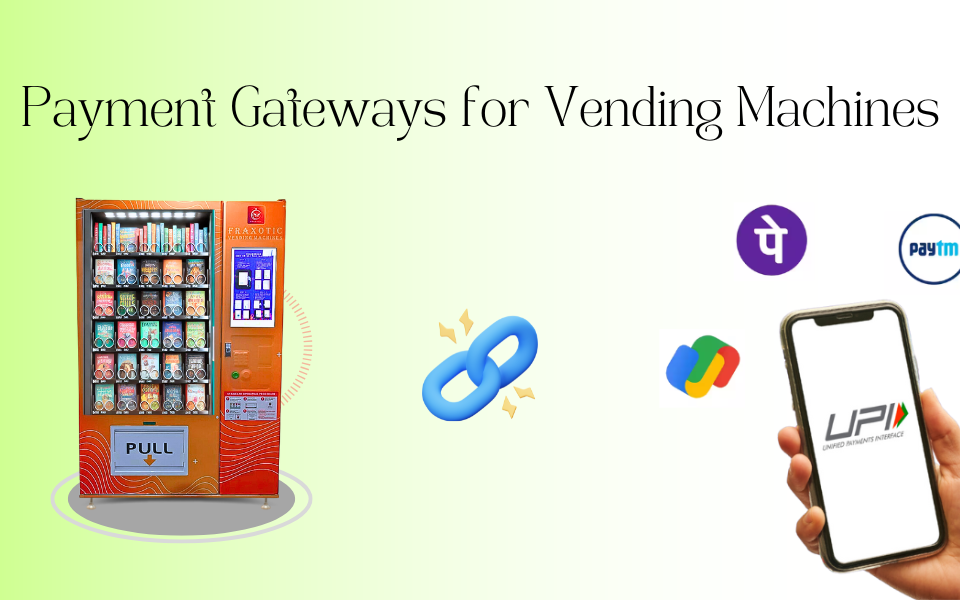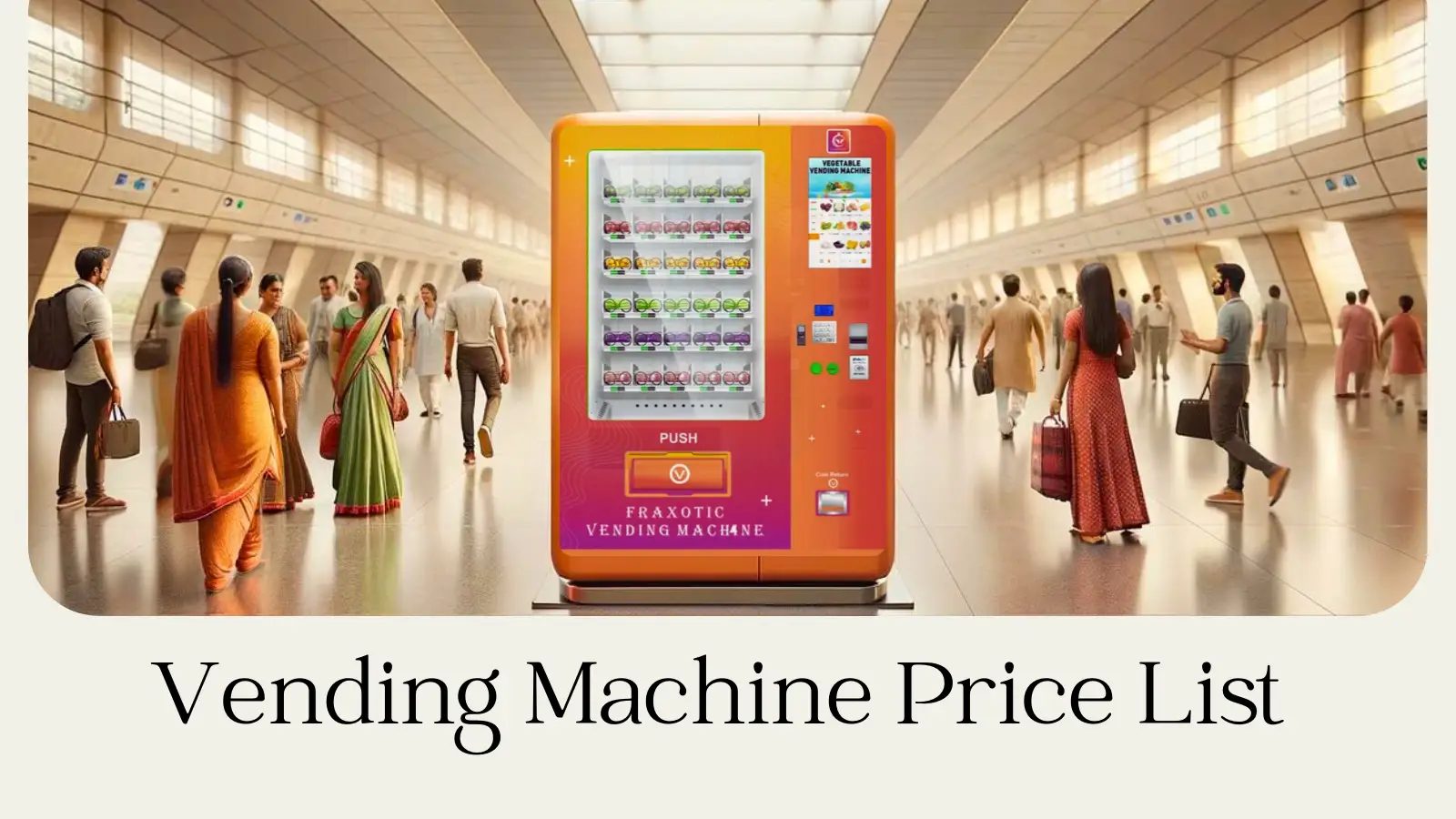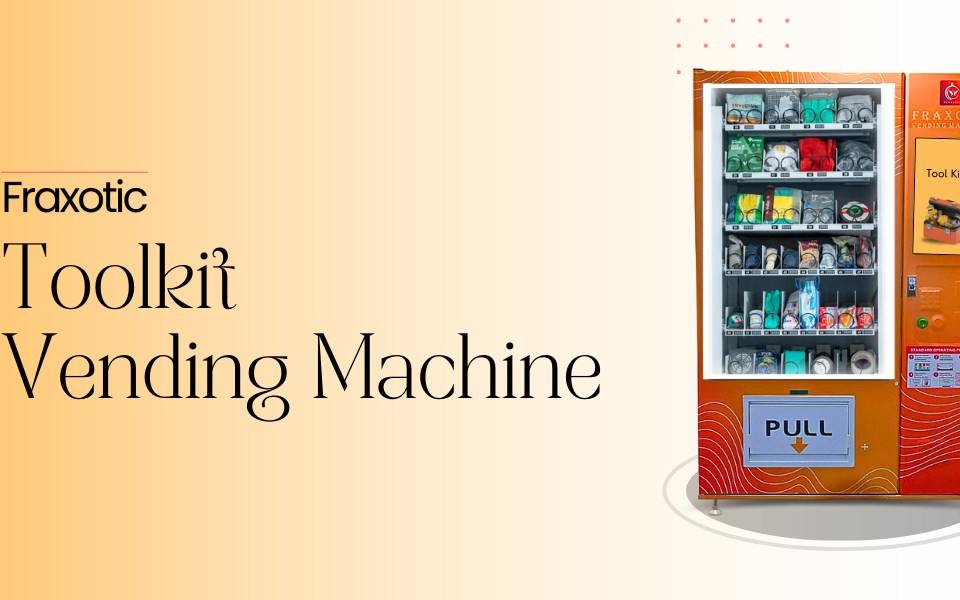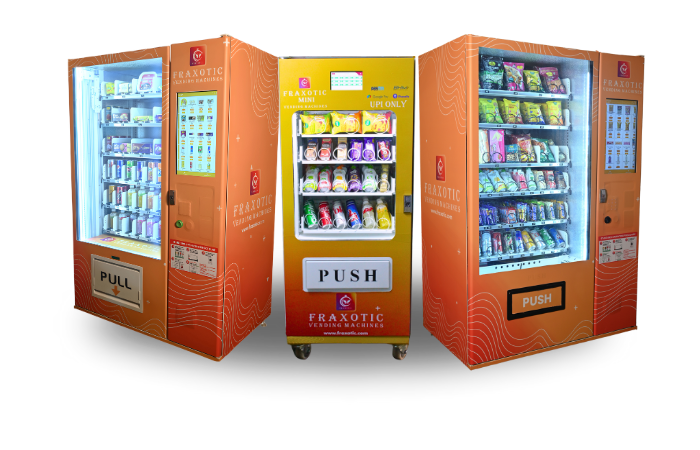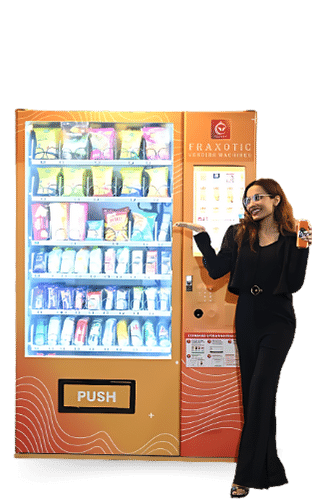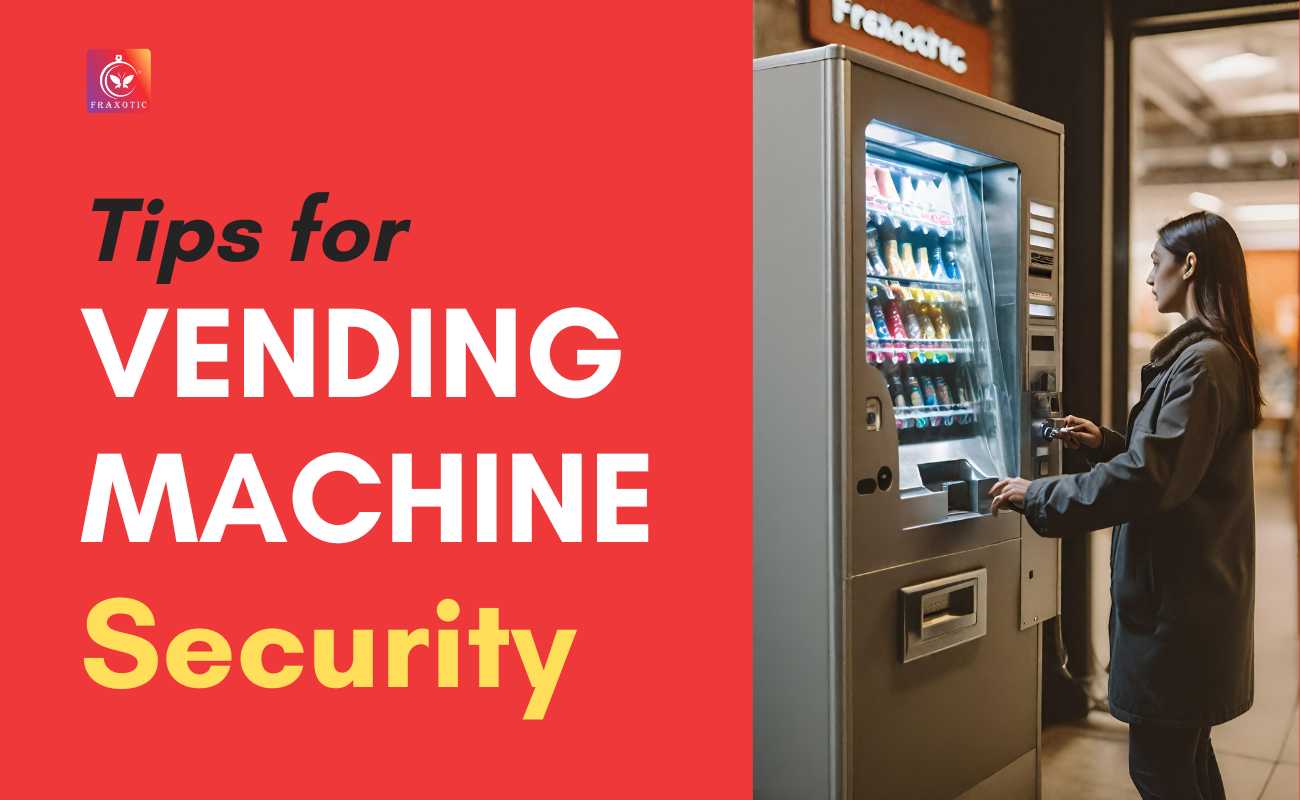
Protect Your Snacks: Tips for Vending Machine Security
December 16, 2023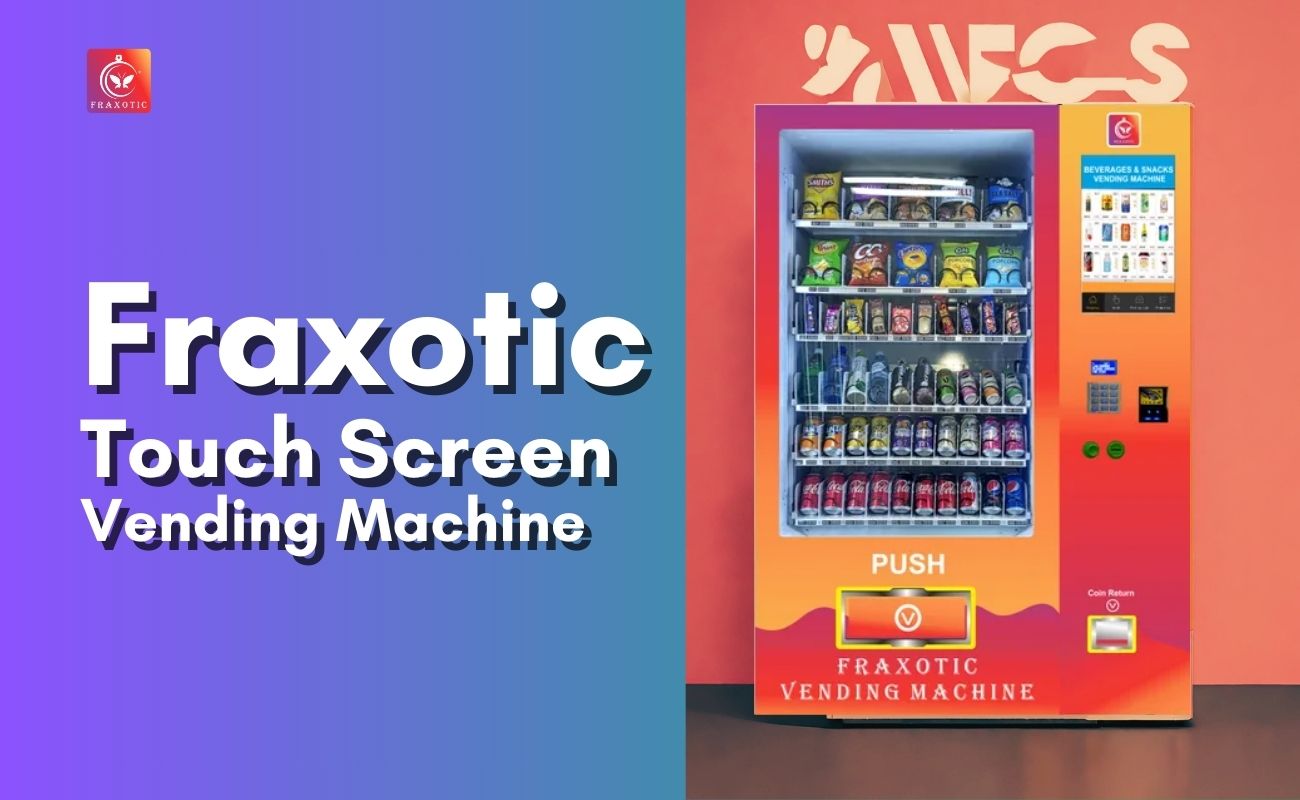
Touch Screen Vending Machine: Features & Future Potential
December 22, 2023The allure of passive income streams has never been stronger, and the vending machine business model stands out as a beacon of potential for entrepreneurs and investors alike. This venture combines the simplicity of automated sales with the complexity of strategic placement and product selection. But the burning question remains: How many vending machines do you need to be profitable?
What is the Vending Machine Business Model?
At its core, the vending machine business involves the placement of machines in strategic locations to sell products — from snacks and drinks to electronics and cosmetics — without the need for manned operations. It’s a model that thrives on convenience, accessibility, and minimal overhead costs.
Why is Investing in a Vending Machine Business Profitable?
The appeal lies in its scalability and low barrier to entry. With the right location, a single machine can generate a steady stream of income, 24/7, without the need for constant supervision. Scale up, and the potential earnings grow exponentially, making it an attractive option for those looking to expand their investment portfolio.
Understanding Vending Machine Economics
When venturing into the vending machine business, grasping the economic fundamentals is crucial for forecasting profitability and planning your investment. Here’s a breakdown of the key economic factors:
Initial Investment vs. Ongoing Expenses
The initial investment encompasses the purchase price of the vending machines and any additional costs related to installation, such as transportation and setting up. This upfront cost varies significantly based on the type of machine — basic snack and drink machines are generally less expensive than more sophisticated ones, like those offering fresh food or gourmet coffee.
Ongoing expenses include restocking products, machine maintenance, and utilities like electricity. There might also be location fees if you’re renting space in a high-traffic area. These costs can eat into your profits, so it’s important to manage them effectively.
Average Revenue per Machine
The average revenue per machine is determined by the machine’s location, the products offered, and the pricing strategy. High-traffic areas like airports, schools, and office buildings typically generate more sales. The revenue depends on the balance between the cost of goods sold (COGS) and the retail price of the items. Seasonality and consumer trends can also influence sales, requiring regular review of product selection and pricing to maximize profitability.
Understanding these economic principles helps in making informed decisions about where to place vending machines, what products to stock, and how many machines you need to achieve your financial goals. Balancing the initial investment and ongoing expenses against the average revenue per machine is key to building a profitable vending machine business.
Factors Influencing Profitability
Several key factors determine a vending machine’s success:
- Location: High foot traffic areas like malls, offices, and schools offer more opportunities for sales.
- Product Selection: Catering to the preferences of the demographic around each machine boosts sales.
- Competition: The presence of similar offerings nearby can impact your machine’s performance.
Maximizing Profits from Your Vending Machines
Effective Inventory Management
Proper inventory management is crucial to avoid stockouts and overstocking, which can directly impact your vending machine’s profitability. Use sales data to identify your best-selling items and adjust your inventory accordingly. This approach ensures that your machines are always stocked with the products your customers want, reducing waste and increasing sales.
Technological Enhancements for Efficiency
Investing in modern vending machines equipped with smart technology can dramatically improve efficiency and profitability. Features like remote monitoring allow you to track inventory levels and sales data in real-time, enabling precise restocking and minimizing unnecessary visits. Cashless payment options cater to the increasing consumer preference for using credit/debit cards and mobile payments, potentially boosting sales.
Marketing Strategies for Vending Machines
Effective marketing can enhance the visibility and appeal of your vending machines. Consider placing branded wraps or decals on your machines to make them stand out and attract more customers. Use social media to promote the location of your machines and highlight any new products or special promotions. Engaging with your customers through feedback surveys on the machine or online can also provide valuable insights into their preferences, helping you tailor your offerings and marketing strategies to better meet their needs.
Future Trends in the Vending Machine Industry
The industry is leaning towards more personalized and technologically advanced machines, offering features like touchscreen ordering and mobile payments. Sustainability and healthy options are also becoming increasingly important to consumers.
Conclusion
Determining the number of vending machines required for profitability isn’t a one-size-fits-all answer. It hinges on a delicate balance of strategic placement, market understanding, and the continuous evolution of your offerings. Start small, learn the ropes, and scale wisely. With the right approach, the vending machine business can be a lucrative and rewarding venture.

